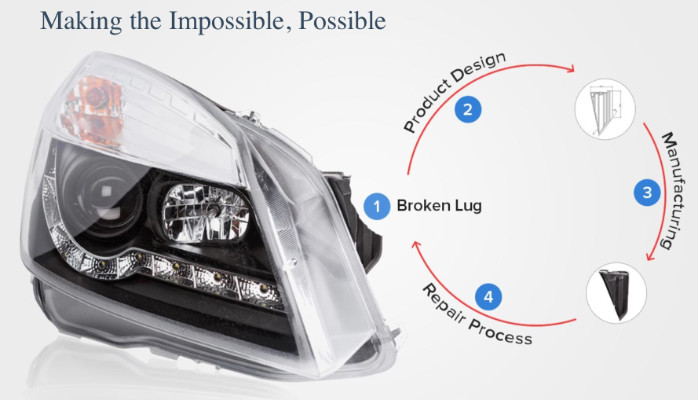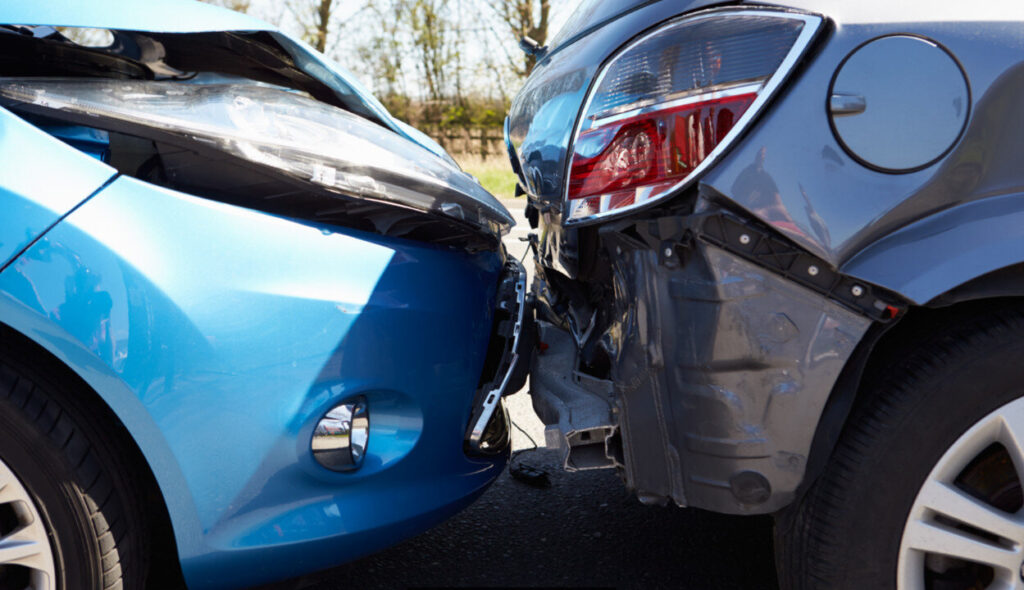Like many others, I have been deep-diving and using many AI tools that can ad value to my quality of work and offset time for a better work-life balance.
Though for all these AI benefits I personally enjoy at the moment, I am sure there will be some pain for a number of workforces in and around functions that AI is managing better, providing higher quality results, processing faster, and automating.
The rise of AI, technology, and automation has led to concerns about the displacement of administrative and white-collar jobs. However, this shift also presents an opportunity for individuals to transition into trades such as automotive repair, which face a shortage of skilled workers. By recognizing their transferable skills, pursuing training and apprenticeships, embracing technological advancements, and leveraging industry collaboration and support, individuals can smoothly transition into the trades.
Many skills acquired in administrative and white-collar jobs are transferable to trades like automotive repair. These skills include attention to detail, problem-solving, organization, customer service, and effective communication. Individuals can leverage these transferable skills to excel in trades where precision, critical thinking, and customer interaction are vital. Transitioning from administrative roles to automotive repair could allow individuals to apply their existing skills in a new and practical setting.
To successfully transition into automotive repair, individuals may need additional training and hands-on experience. Industry bodies such as I-CAR, Trade schools, community colleges, and vocational training programs offer courses and certifications in automotive repair. These programs provide comprehensive training on vehicle systems, diagnostics, repair techniques, and safety protocols. Apprenticeship programs are another valuable option, allowing individuals to learn on the job while gaining practical skills under the guidance of experienced professionals.
USA-based, Gerber Collision and Glass is a great example of how the collision industry is transforming its recruitment and training strategies to attract and develop new talent by creating a Technician Development Program ( TDP ). The program has been a huge success and offers new apprentices paid training for over 12 months towards becoming a certified Auto Body Technician and the chance to potentially earn a six-figure salary backed by strong job security. Programs such as Gerber\’s TDP, with some adjustments, are exactly what the white-collar workforce looking for a new career path can use to make the transition into industries such as collision repair which currently has a growing shortfall of new talent.
The automotive repair industry has evolved significantly with the introduction of advanced technologies and AI-driven diagnostic systems. Individuals with a background in administration and white-collar jobs can embrace these technological advancements, leveraging their existing familiarity with digital tools, data analysis, and information management. By adapting to AI-powered diagnostic systems and utilizing software applications for repair processes, individuals can enhance their capabilities in automotive repair and contribute to addressing the trade skills shortage.
Transitioning to a trade like automotive repair opens up various career pathways and opportunities for advancement. Skilled professionals can start as entry-level technicians and gradually progress to specialized roles such as engine specialists, body repair experts, or diagnostic technicians. Moreover, with experience and expertise, individuals can explore entrepreneurship by starting their own businesses or moving into managerial positions within established automotive repair businesses.
To facilitate the transition of individuals from administrative jobs to trades, collaboration between industries and organizations is essential. Trade associations like IBIS, workforce development programs, and government initiatives can play a crucial role in providing resources, financial support, and guidance to individuals seeking career transitions. These collaborative efforts can help bridge the skills gap, encourage the integration of diverse talent into the trades, and support individuals in successfully transitioning into fields like automotive repair.


